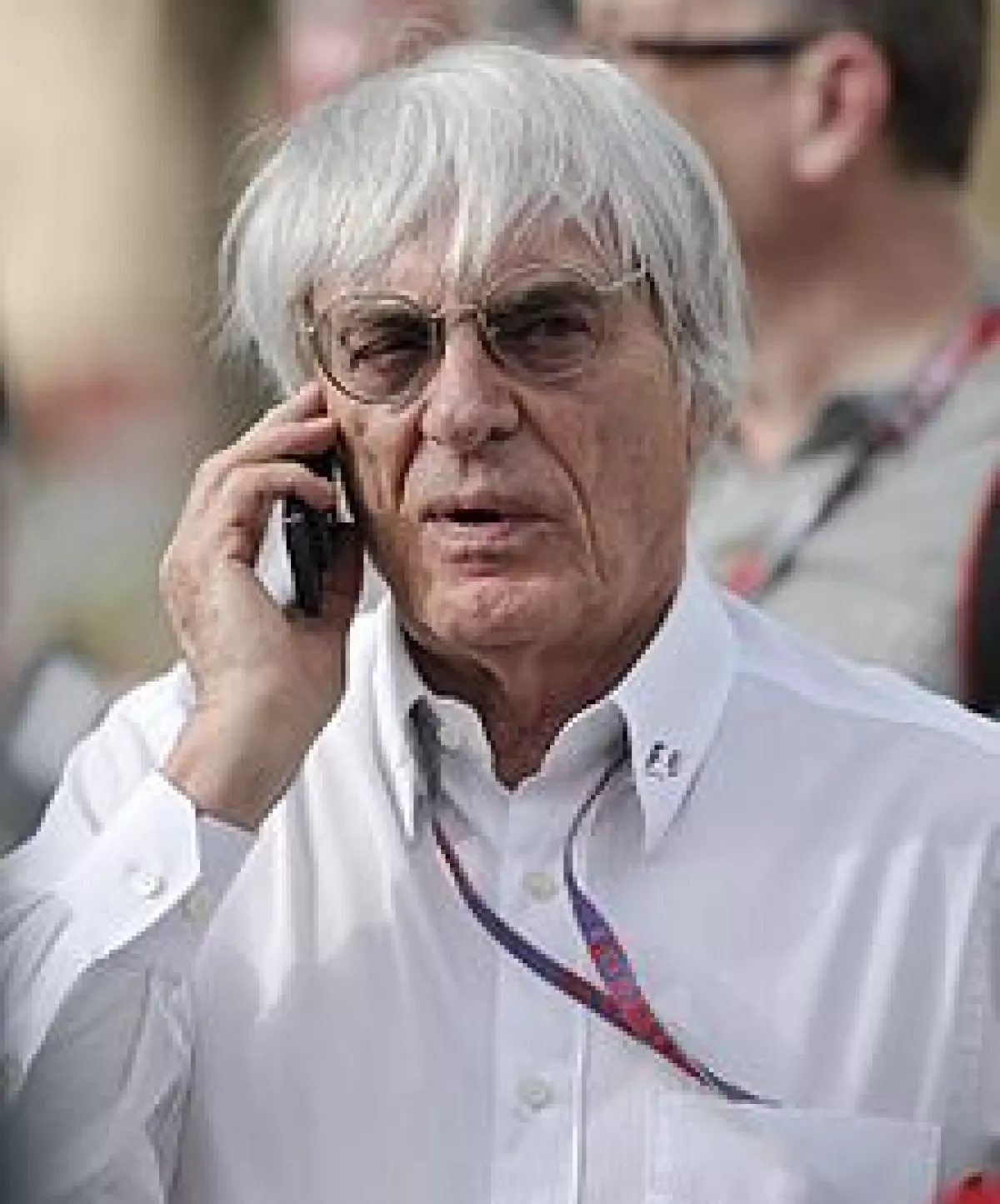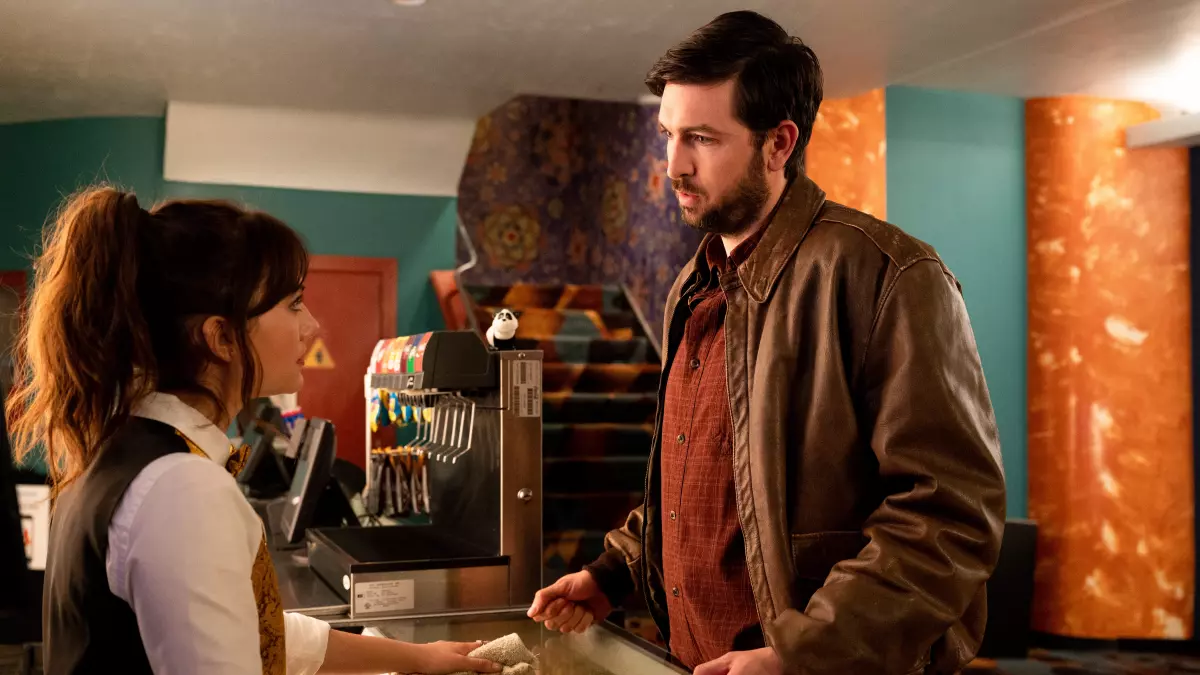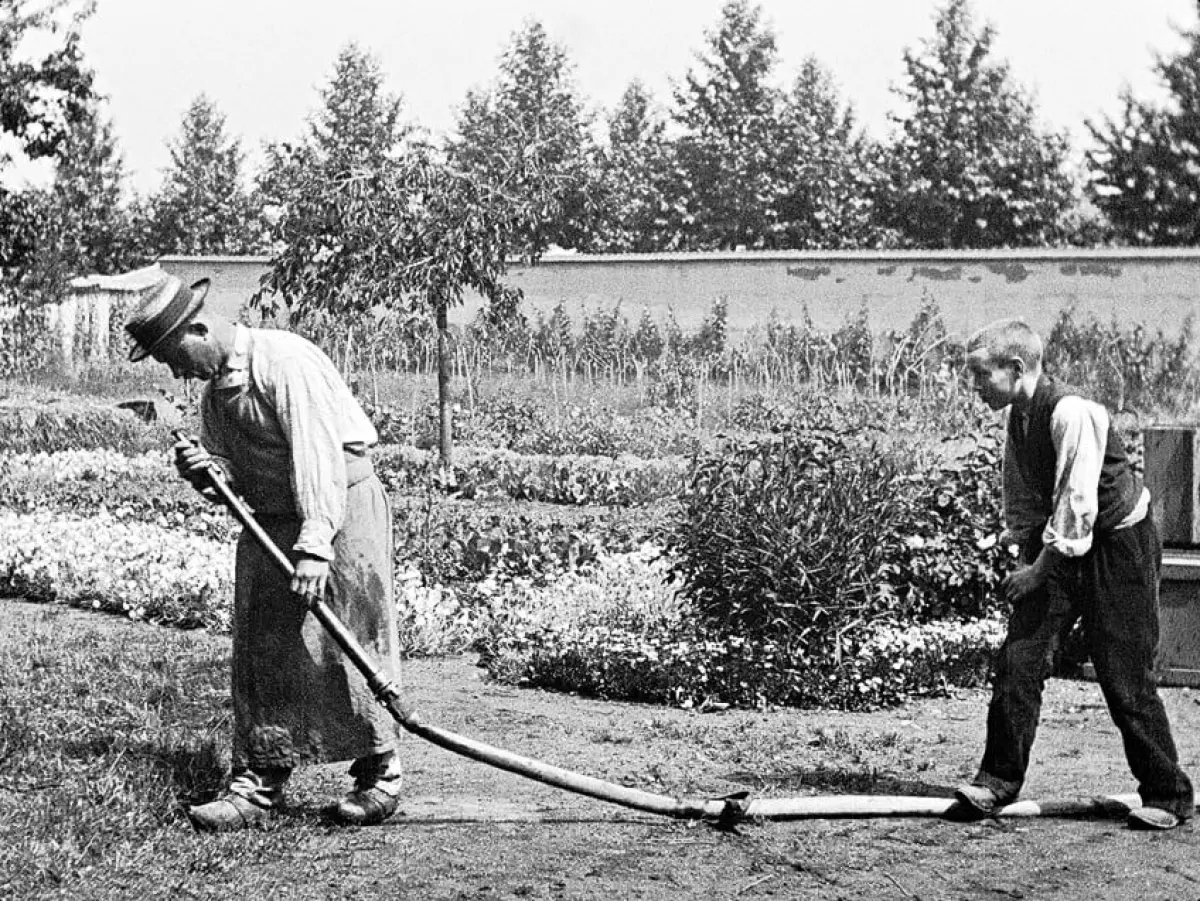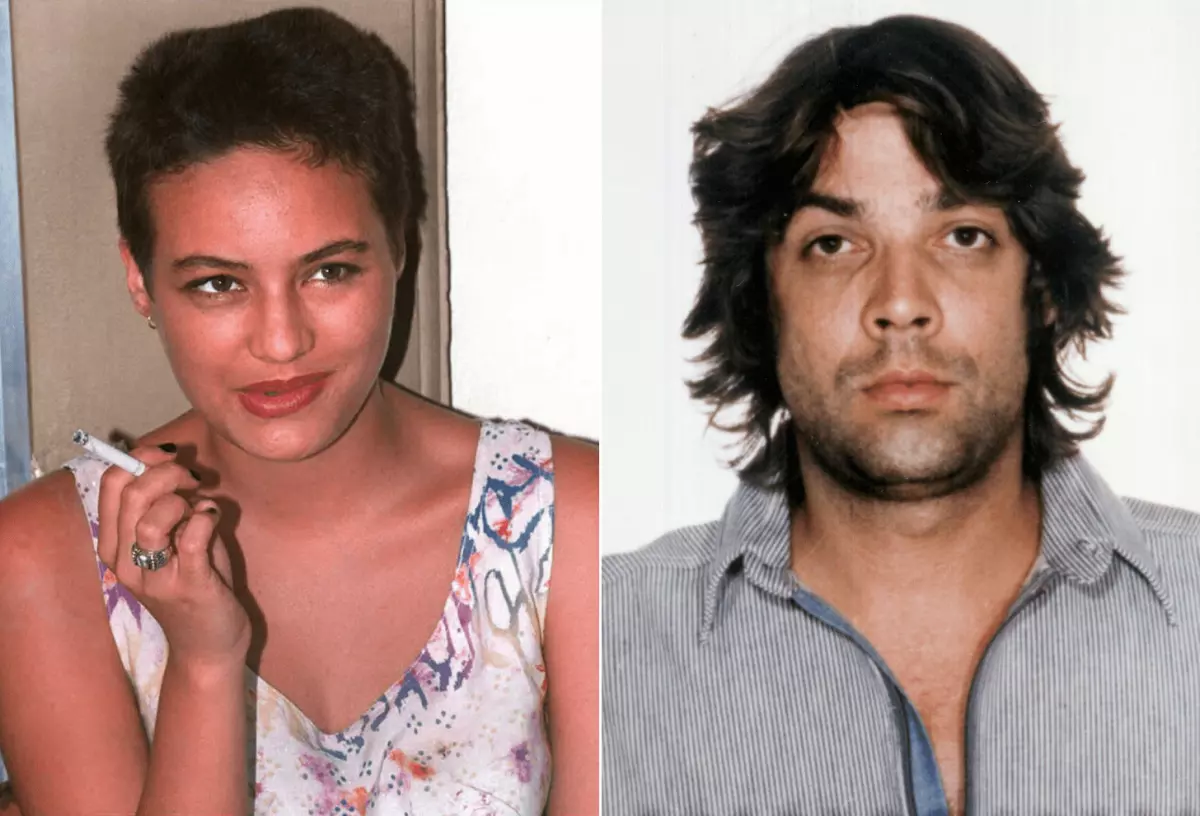By Koraljka Suton
December 29, 2022
Imagine living in a world where the punishment for adultery is death by stoning. A world where women are silenced, oppressed, and subjected to unspeakable cruelty. This is the reality that the film "The Stoning of Soraya M." brings to light. Based on a true story, this powerful movie sheds light on the horrifying practice of stoning in Iran.
French-Iranian journalist Freidoune Sahebjam first exposed Soraya's tragic story in his book "La Femme Lapidée" in 1990. This book, translated into English four years later as "The Stoning of Soraya M.: A True Story," gained international recognition and sparked a domino effect. It opened the world's eyes to a horrendous reality and revealed the dangers faced by those who dare to speak the truth.
American-Iranian filmmaker Cyrus Nowrasteh and his wife, Betsy Giffen Nowrasteh, read Sahebjam's book in the mid-90s. The story stayed with them for over a decade and eventually inspired them to turn it into a motion picture. However, they knew that making this film would come with significant risks—they had previously received death threats after making "The Path to 9/11" in 2006. Undeterred, they set out to secure the film rights and began working on the screenplay.
The Nowrastehs were determined to stay true to the book's authenticity. They wanted the film to be mostly in Farsi and cast predominantly Iranian actors. Actress Mozhan Marnò took on the role of Soraya, bringing strength and empathy to the character. Shohreh Aghdashloo portrayed Soraya's courageous aunt Zahra, who vowed to expose her niece's execution to the world. Jim Caviezel played the journalist who recorded Zahra's heartbreaking account.
The production faced numerous challenges, including finding a safe location to shoot the film. It was eventually filmed in Jordan over a thirty-two-day period. The stoning scene, the film's most haunting and brutal moment, took six days to shoot. Tragically, Sahebjam passed away in his Parisian home on the final day of filming this pivotal scene. His loss deeply affected the cast and crew, renewing their commitment to tell Soraya's story.
"The Stoning of Soraya M." is not an easy film to watch. It showcases the true horror of stonings—acts that are far more brutal than what's depicted on screen. Some critics have labeled the film as "torture porn," but that is a gross oversimplification. Nowrasteh's intention was never to exploit violence for the sake of entertainment but to expose the harsh reality faced by countless women who have been subjected to femicide.
Nowrasteh steadfastly defended his portrayal of the stoning, refusing to water it down or turn it into a sanitized version for the sake of comfort. He believed that doing so would be an insult to the countless victims who have suffered this brutal fate. The film's violence is unsettling, but it serves a purpose—to shed light on the atrocities faced by these women and compel us to take action.
"The Stoning of Soraya M." faced backlash and was banned in Iran, just like the book. But its impact extended far beyond its initial release. The film became an underground hit, with bootleg copies being shared and viewed in secret. Its release coincided with protests and international outcry over the case of Sakineh Mohammadi Ashtiani, who was also sentenced to death by stoning. The film's screening at Amnesty International's Human Rights Centre in London was dedicated to Sakineh.
"The Stoning of Soraya M." exposed the world to the horrors of stoning and femicide. It reminded us that films can be powerful tools for social change, as they hold up a mirror to society and demand greater awareness. Nowrasteh and his team risked their lives to make this film, and it is a testament to their unwavering commitment to justice and the power of storytelling.
As we watch this film, we must confront the uncomfortable truth and recognize that femicide continues to be a pervasive issue. It is only by raising awareness and speaking out against such injustices that we can hope to bring about meaningful change. "The Stoning of Soraya M." has left an indelible mark on the world—and it is a film that everyone should see.
*Koraljka Suton is a member of the Croatian Society of Film Critics and holds a master's degree in German and English. She is an accomplished writer and a firm believer in the transformative power of art.















